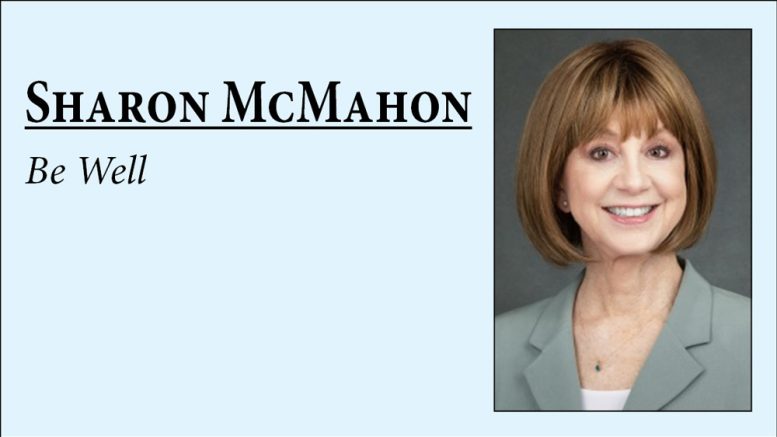“I knew very little about osteoporosis before I was diagnosed. When I found out I was shocked…” – Ursula Andress, actress and former ‘Bond Girl’
Readers: This column from several years ago prompted quite a lot of feedback, so I believe it bears repeating as the topic is very important. While most of my columns focus on aspects of nutrition and well-being, this is another topic of personal interest to me – the importance of strength and resistance activity for women over 50. Resistance training can counteract the weakening effects of modern and sedentary living. Obviously, most of us ladies in a particular age category want to look as fit as possible, which is a great goal but not the primary factor I will discuss today.
Sorry to do this, but here are some sobering statistics:
According to the CDC (Centers for Disease Control & Prevention) the latest statistics show that approximately 5 million women over 50 suffer from osteoporosis and 80 percent of those who suffer from the disease in this country are women. The AAOS (American Academy of Orthopaedic Surgeons) estimates that 70 percent of those who suffer injuries from falls do not return to their pre-injury status. This, to me, is a staggering statistic.
While the tendency to suffer from bone density issues is often hereditary, there are activities which can stave off some of those issues. (There are also nutritional objectives which I will save for another time.) Addressing mobility, range of motion, functionality, all of these are critical to our health and well-being. Strength training can also benefit a reduction in blood pressure, lower back pain, arthritic pain – not to mention increasing the ability to lift household items, climb stairs, participate in golf, tennis, etc.
There are many avenues to resistance and strength training which can be achieved by taking classes or working with a personal trainer. Some people prefer to utilize free weights, resistance bands, or exercise machines, or even their own body weight. Those with knee and back issues can effectively benefit from aqua workouts as well. Flexibility is crucial as well to maintain range of motion and balance.
At this point I will re-emphasize my passion for the importance of maintaining bone density because without it we set ourselves up for a fall, both literally and figuratively. The pain of broken bones together with the loss of independence is something that we need to address. Having said that, I urge you to meet with your physician to access your risk for osteoporosis and the efficacy of strength and weight training for you.
Studies of postmenopausal women report that strength training can increase bone mineral density in the spine. Before beginning a program on your own or through a supervised class, it is very important to undergo a thorough medical examination to determine which activities are best for you. Your physician should provide you with a medical evaluation of fracture risk, muscle strength, range of motion, fitness, and gait.
A stronger body will serve you well physically in the years ahead and boost your confidence in your appearance and energy level. Good advice for those over 50, definitely. Forty-somethings, not a bad idea for you as well!
Sharon McMahon, CNWC
The opinions expressed in this article are not intended to replace advice of your personal physician or licensed health professional. Please consult your physician for any issues you may have related to nutrition or fitness activity.

